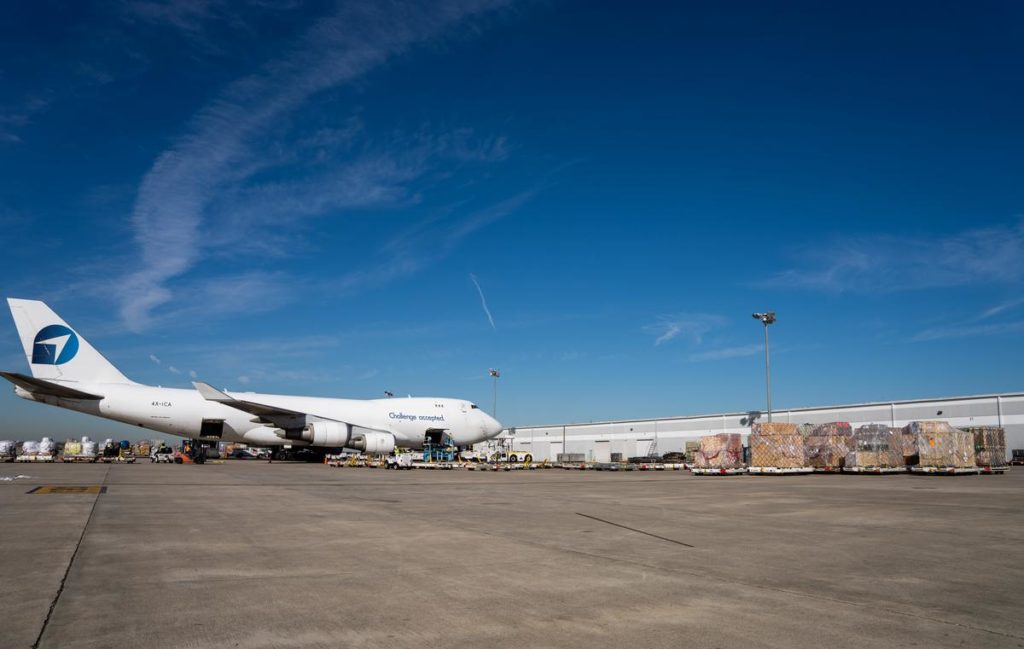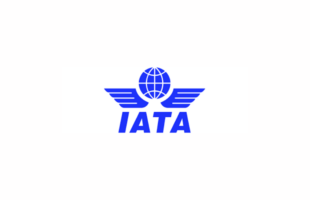
Air Cargo area at IAH

Houston Airports forms one of North America’s largest public airport systems and positions the Texas city as the international passenger and cargo gateway to the south central United States and as a primary gateway to Latin America. Luis Avilés, air cargo development manager, gives a rundown of the airport group’s cargo and passenger business.
Can you tell us more about the Houston Airport System? Where does IAH stand in relation to the other airports?
The Houston Airport System is a department of the City of Houston. It’s composed of three airports: George Bush Intercontinental Airport (IAH), William P. Hobby Airport (HOU), and Ellington Airport/Houston Spaceport (EFD). In 2021, Houston Airports welcomed 45 million passengers and moved 537,560 metric tons of air cargo. In 2019, Houston Airports saw nearly 60 million travelers and moved 525,300 metric tons of air cargo.
Houston Airports forms one of North America’s largest public airport systems and positions Houston as the international passenger and cargo gateway to the south central United States and as a primary gateway to Latin America.
Hobby Airport is the first and only airport in North America to earn a 5-Star Skytrax rating. For a 5th consecutive year, Bush Airport maintains an exceptional 4-Star Skytrax rating. The Skytrax World Airport Star Rating is a global benchmark of quality evaluation for the aviation industry.
Bush Airport handles more than 97% of the air cargo in Houston. According to 2021 ACI-NA rankings, Bush Airport ranked 18th in North America and 14th for international cargo. Bush Airport moves cargo on more than 20 commercial passenger airlines, 14 all-cargo carriers and on ad-hoc cargo charters.
Houston is a strategic hub for the importing and exporting of machinery and equipment for oil and gas, aerospace, construction, medical and various sectors. As the most diverse city in the United States, Houston is receiving an increasing demand for a wide variety of international products. Houston has a large manufacturing base for industrial machinery and equipment and chemicals needed globally. In fact, from January 2022 to June, the Houston/Galveston Customs District ranked 5th in the nation for total trade including all modes of transportation. Houston also has the largest year-over-year growth, from 2021 to 2022, among the top 20 US Customs Districts.
Bush Airport receives a wide variety of perishable products for regional distribution or while in-transit between Latin America and the world. Bush Airport offers cargo customers a facility, operated by dnata, that is built for perishables. Two refrigerated chambers can handle perishable freight for grocery chains. Examples of some perishable products are Chilean and Norwegian salmon, California citrus, Peruvian asparagus, US beef and Mexican avocado, mango and key limes. dnata handles about 20 million kilograms of air and ocean perishable cargo each year at Bush Airport.
How did the airport perform in this first half? Who are the main operators that bring in cargo business to the airport?
Bush Airport continues to gain momentum in 2022. The first six months of the year show a 10.3% gain when compared to the same timeframe in 2021. The airport is tracking a 9.3% increase in domestic cargo and an 11.7% increase in international cargo. Domestic cargo continues to increase dramatically, since 2020, because of e-commerce and the demand for medical equipment. International cargo saw a relevant decline with the loss of belly-freight capacity, but international cargo is recovering quickly with long-haul commercial air passenger service now re-established.
For belly-freight only traffic, the largest operators are United Airlines, All Nippon Airways and Southwest Airlines. For freighter service only, FedEx, UPS, Air Transport International, Atlas Air and Cargolux have the largest traffic. Bush Airport also moves large volumes through carriers operating passenger and freighter service, like Air France, Turkish Airlines, Lufthansa, Emirates Airlines and Qatar Airways.
Which international cargo routes does IAH connect to? Has the airport been affected or benefitted with disruptions on certain routes?
Bush Airport currently offers international freighter service to Luxembourg, Glasgow-Prestwick, Frankfurt, Hong Kong, Istanbul, Liege Abu Dhabi, Doha, Dubai and Tel Aviv. Cargo routes still paused because of the COVID-19 pandemic include Taipei and Paris CDG, though both markets are currently served through commercial passenger service.
The disruption of certain routes does affect international trade. For example, routes flown by Air China to Beijing, Ethiopian Airlines to Addis Ababa or United Airlines to Sydney create challenges for global reach to those critical regions. In July, Air New Zealand just restarted passenger service to Auckland. In contrast, since 2018, domestic cargo continues to grow steadily with no signs of stopping.
What are the issues airports currently face on ground? How has the pandemic influenced the airport’s overall direction in the near term and long haul?
Bush Airport runs two cargo centers, central cargo and east cargo, at full capacity. The team at Bush Airport is now looking to expand infrastructure to allow for future growth, especially as domestic cargo amounts continue to increase.
What are the airport group’s plans in terms of sustainability?
Houston Airports is the recipient of sustainability planning grants from the Federal Aviation Administration. Through this study, Houston Airports is committed to a continuous improvement approach to sustainable management by promoting economic, social and environmental excellence through actions that enhance the airport system’s mission of connecting people, businesses, cultures and economies of the world to Houston.
In support of the City of Houston’s Climate Action Plan, in 2019 Houston Airports began promoting its Sustainable Management Plan, SMP. It’s an initiative to maximize operational efficiency while strengthening sustainability in multiple areas: economics, environmental and social priorities to address all key sustainability categories (solid waste/recycling, energy, water, greenhouse gas emissions, sustainability design, sustainability assets and infrastructure, and sustainability procurement).
The plan specifies two categories—resource-based and functional—to identify the issues essential to the HAS journey to becoming a sustainable organization and to defining early operational areas of focus. The plan’s resource-based priorities are: energy, solid waste/recycling, water and greenhouse gas emissions, while the functional priorities are: sustainable design, sustainable assets and infrastructure, and sustainable procurement.
Which technologies or infrastructure should airports consider in order to drive growth?
More warehouse space will allow the airport to expand its air cargo holding capacity. The new facilities also invite innovative technology to be developed and used to streamline and automate the cargo process through automated guided vehicles and robotics technology with terminals.
New facilities allow the airport to handle more specialized, higher value commodities, like pharmaceuticals, perishables, auto parts, aerospace and e-commerce.









